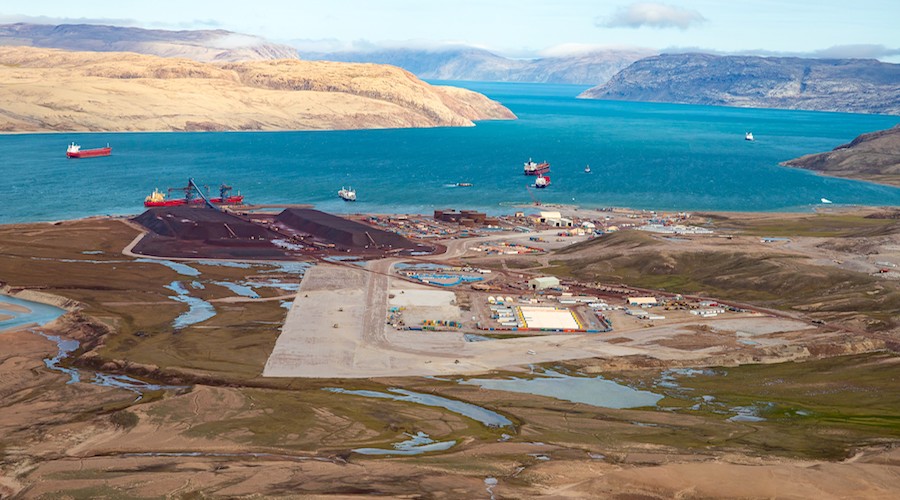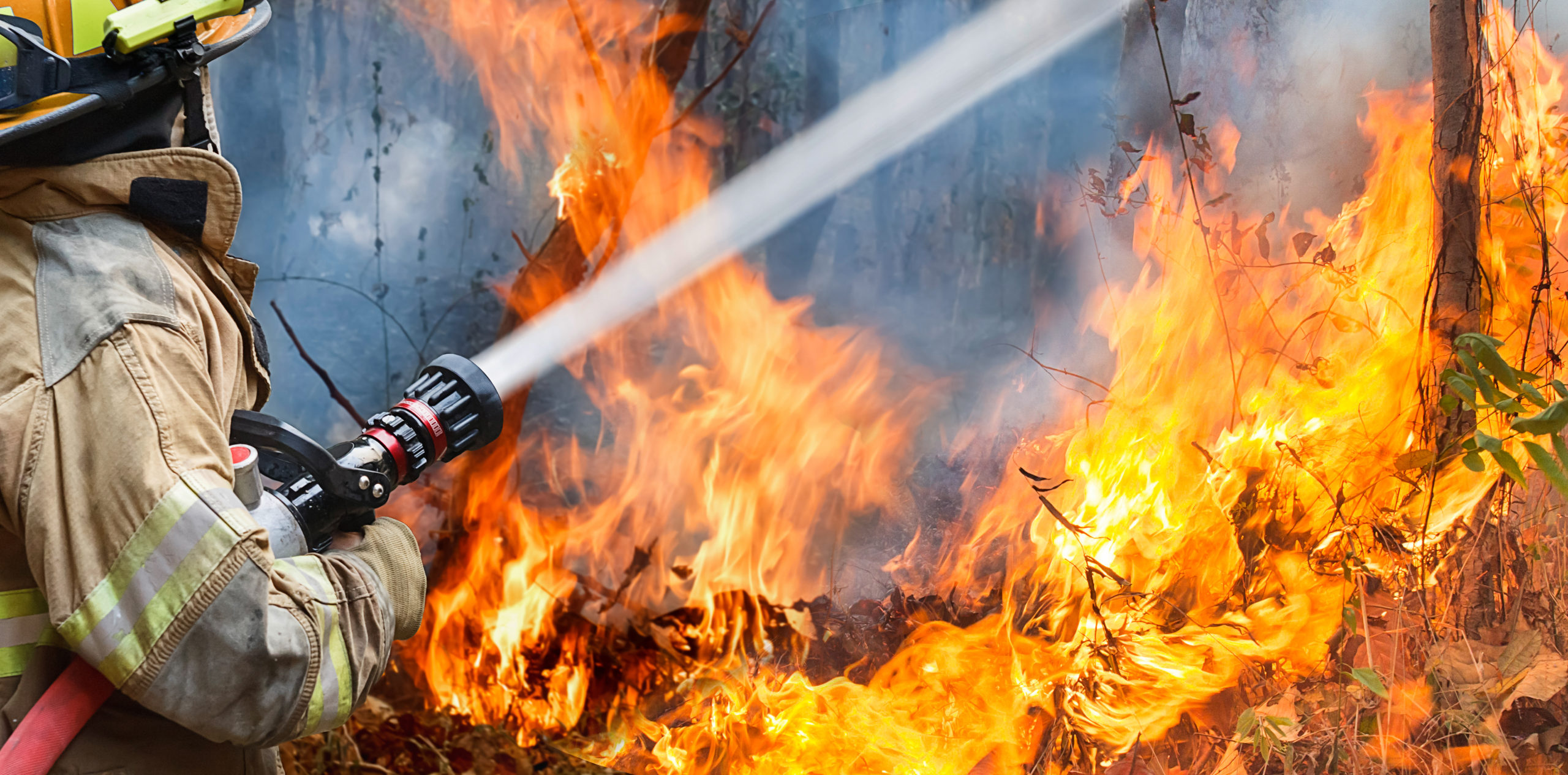Minister denies Baffinland Iron Mines expansion in Nunavut

Baffinland Iron Mines corporation announced Thursday that the Minister of Northern Affairs Dan Vandal denied the company’s Phase 2 expansion application.
In May, Baffinland Iron Mines’ proposed expansion of its Mary River iron ore operation on the northern tip of Baffin Island, in Canada’s Nunavut territory, suffered a major blow after a review board advised against the project on environmental grounds.
After four years of consultations and deliberations, the Nunavut Impact Review Board (NIRB) rejected the miner’s request to more than double output to 12 million tonnes a year, to eventually reach 30 million tonnes annually.
Mary River, considered one of the world’s richest iron deposits, opened in 2015 and ships about six million tonnes of ore a year.
“We are disappointed by the Minister’s decision,” Baffinland CEO Brian Penney said in Thursday’s news release. “Our Phase 2 proposal was based on on years of in-depth study and detailed scientific analysis, we executed a new Inuit Certainty Agreement with the QIA, and we have had extensive consultations with, and made additional commitments to stakeholders post release of the NIRB recommendation in May.”
“The Minister’s decision has immediate and significant implications for the current MAry River operations and our workforce of 2,500 people,” Penney said. “We look forward to immediately meeting with the QIA and the Minister to discuss a practical path forward.”
If the expansion is approved, Baffinland would send about 12 million tonnes of the 30 million tonnes via the North Railway to Milne Port. It also plans to build a second railway to Steensby Port, from which it intends to ship an additional 18 million tonnes of ore a year.
Current shipping volumes have already had a “devastating” impact on the area’s narwhal population, Inuit hunters have said.
Last year, a group of hunters from Arctic Bay and Pond Inlet blocked access to the mine in protest of the company’s ice breaking practices due to their negative impacts on narwhals.

More News
{{ commodity.name }}
{{ post.title }}
{{ post.date }}

4 Comments
kleinhomer
What I would like to know:
What is the “devastating” impact on the area’s narwhale population?
Do Inuit hunters catch less narwhales, or does shipping and related impacts actually impact the population of narwhales by disturbing mating or by impacting feeding grounds? Does shipping activity simply force narwhales out into different areas, or does it actually have an impact on e.g. breeding grounds, reproduction or food sources?
Not trying to diminish statements from indigineous people, but if hunters complain about a reduced amount of targets to hunt for, there may be several issues. And one – although not popular – might be, that humans in total hunt and kill to many wildlife species without the actual need to do so. Yes, tradition and native lifestyles have to be respected, but thinking of a globalized world, we simply can not afford, to hunt endangered animals just for the sake of tradition and rituals.
Does not mean that the mining project is not responsible at all, but usually there is a highly complex ecologic system that is affected by many factors.
To put it simple: Some context to understand some of the claims would be highly appreciated
snapshot
Yes KleinHomer Minister, we’ll get the information to you right away.
BOB HALL
What a great example of ‘squeaky wheel’ science.I knew it was over when they parked their bottoms on the runway.
Sharp shooter hunter
The greatest wrestling move I’ve ever seen. What a figure four that was!